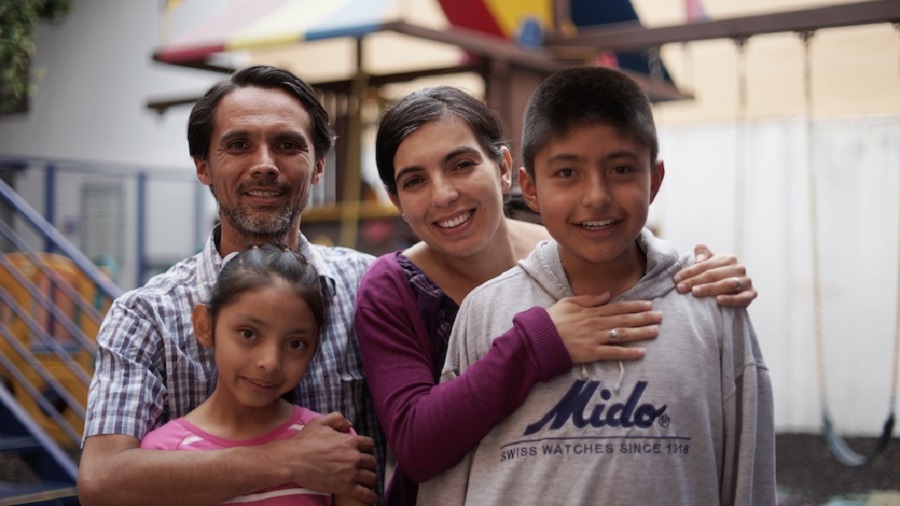New Report Indicates Child-Welfare Systems in New York and Around the Country are Putting Family First

NEW YORK – For children who are separated from their parents, child-welfare systems in New York and around the country are putting family first, according to a new report.
The Annie E Casey Foundation found that from 2007 to 2017, placements of children and youth with relatives or in family settings rose to 86%, an increase of five percentage points.
According to Lisa Ghartey-Ogundimu, deputy commissioner for Child Welfare and Community Services with the New York State Office of Children and Family Services, the number of children in foster care in New York has dropped significantly, and the vast majority are placed in families.
“We’ve gone from a high of 26,000 children to about 15,000 kids in care now, with a small percentage – about 2,800 – in residential settings,” says Ghartey-Ogundimu.
Research has shown that foster children do better when placed with relatives they know and trust. The 2017 numbers for New York are still under review, but available data show in 2016, 82% of children in New York’s child-welfare system lived in families.
Rob Geen, director of policy and advocacy reform with the Annie E Casey Foundation, points out that placing children with grandparents or other relatives improves their chances of success.
“They’re more likely to finish school, they’re more likely to be employed or find employment later, they’re less likely to become early parents,” says Geen. “That is one trend which is really important – we’re using relatives more. (https://desertrose.com) ”
New York is one of 13 states where counties are responsible for administering child-welfare services while the state maintains oversight.
When child protective workers are called to a home, their focus is on the children’s immediate safety. So, Ghartey-Ogundimu says New York has invested in developing kinship navigators to assist in family placements if removal from the home is necessary.
“The navigator can be the person to ask the family, ‘Who are your resources? If you’re in need, who would you call?’ And then, start working on certifying the family,” says Ghartey-Ogundimu.
She says the kinship navigators are instrumental in keeping the focus on putting families first to meet children’s needs.



Comments are closed.